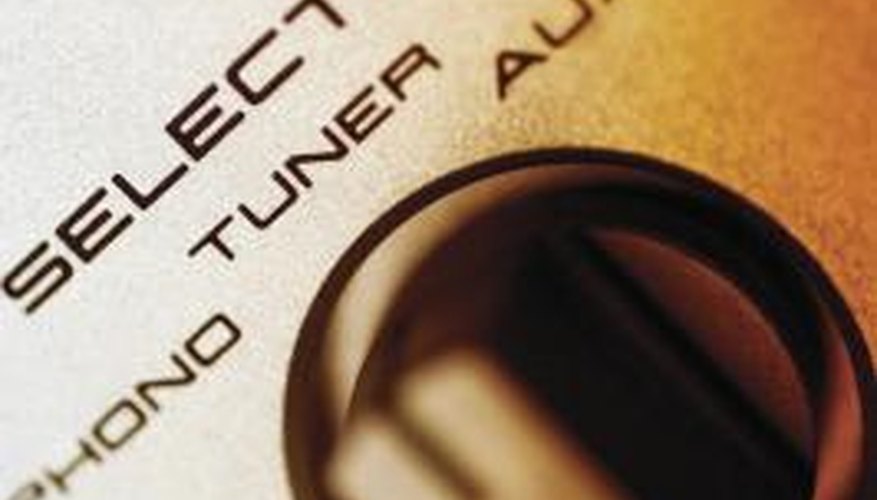While there is no doubting the attractiveness of streaming radio stations through the Internet, there are still plenty of FM and AM radio stations throughout the world putting out a variety of music, talk and news programs. With the aid of a good tuner and AM/FM antenna, it is possible to listen to CD-quality music absolutely free. Denon TU-260L, while no longer manufactured, is relatively easily obtained second-hand and is generally considered a very good performer and easy to use.

Connect the right and left RCA interconnects to their respective connectors located on the right side of the back of the TU-260L. The other end of the interconnects should go to connectors on a receiver, integrated amplifier or preamplifier, which are preferably labelled "tuner." If this is not available, any line-level input (that is not intended for a turntable or record player) will do. Do not connect straight to the inputs of a power amplifier, as the signals should always pass through a volume control first.
- While there is no doubting the attractiveness of streaming radio stations through the Internet, there are still plenty of FM and AM radio stations throughout the world putting out a variety of music, talk and news programs.
- Connect the right and left RCA interconnects to their respective connectors located on the right side of the back of the TU-260L.
- The other end of the interconnects should go to connectors on a receiver, integrated amplifier or preamplifier, which are preferably labelled "tuner."
The TU-260L was originally sold with an AM antenna, the two leads of which go to two thumbscrew connectors on the back of the unit labelled "ground" and "AM." Loosen the thumbscrews and slide the spaded end of the leads below each one and screw them down finger tight. The FM antenna must pass its signal through a 75-om coaxial cable that is terminated with an F-type plug. This is pushed onto the terminal labelled "FM Coax. 75 Ohms." Once these connections are made, plug the power cable into a suitable wall outlet.
Facing the front of the unit, turn the power on by pushing the "Power on/off" button on the left-hand side. From left to right is the display window, which shows the frequency of the station it is tuned to, whether there is a stereo signal, signal strength, manual or auto tuning and the number of the preset stations. Next are two buttons controlling memory and auto/manual functions, followed by the "Band" button that toggles between FM and AM, and next to it are the up and down manual tuning buttons. Running along the bottom of the panel are the station preset buttons.
- The TU-260L was originally sold with an AM antenna, the two leads of which go to two thumbscrew connectors on the back of the unit labelled "ground" and "AM."
- Next are two buttons controlling memory and auto/manual functions, followed by the "Band" button that toggles between FM and AM, and next to it are the up and down manual tuning buttons.
Find your favourite stations. Choose AM or FM by pressing the "Band" button. Now search for stations either in "manual" or "auto" mode. In manual mode, each tap of the up/down buttons will tune to the next numeric station number, whether a local station actually exists at that frequency or not. In "auto" mode, the tuner will seek only those stations with a high enough strength to be played clearly in mono or stereo.
- Find your favourite stations.
- In manual mode, each tap of the up/down buttons will tune to the next numeric station number, whether a local station actually exists at that frequency or not.
Up to 20 FM and AM stations can be saved to memory by tuning to the desired station, then tapping the "memory" button and then pushing one of the row of buttons labelled "1-11," "2-12," etc. The "shift" button at the end of this row designates, for example, button "1-11" as the memory button for two stations, one saved under "1" and the other under "11."
